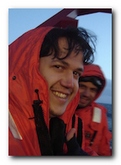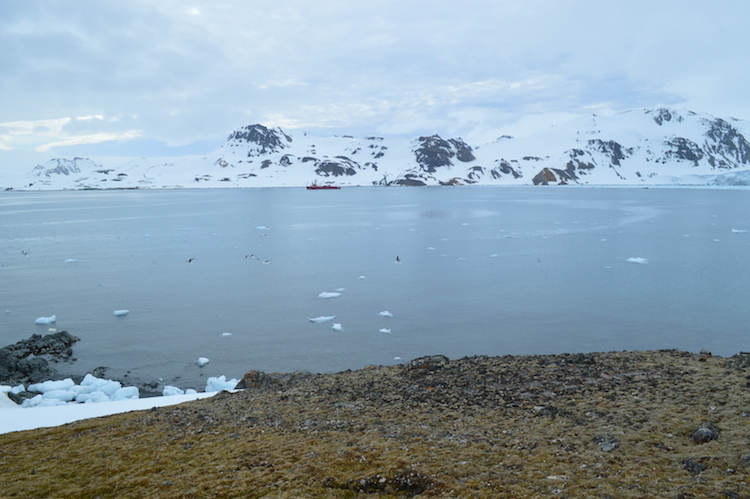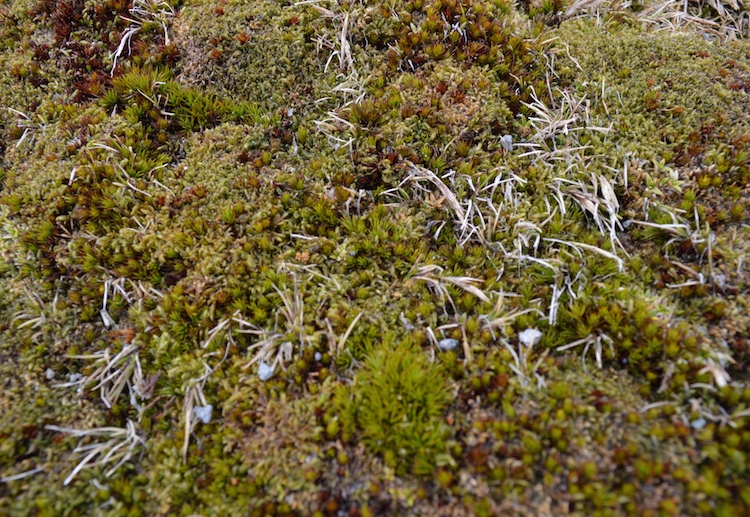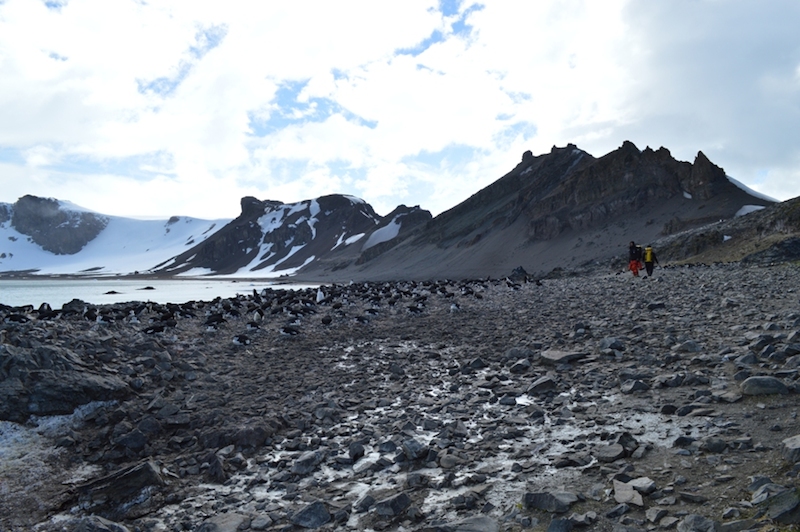Zecchin Cipro, Caio Vinicius

Post-doctorat 2015-17 : Projet conjoint Université de São Paulo/Brésil et Université de La Rochelle/France
Post-doctorat 2014 : Université de La Rochelle/France via programme Sciences sans Frontières (CAPES/Brésil)
Chercheur Invité ANS Polartop 2012-2013
Mots clés : Réseau trophique, isotopes stables, mercure, Antarctique, bioamplification.
Thèse de doctorat 2007-2011
Thèse intitulé (traduction libre) "Organic pollutants and stable isotopes in the ecosystem from Admiralty Bay, Antarctica", Universidade de São Paulo (Brésil).
Formation d’origine :
Master en Sciences intitulé (traduction libre) « Occurrence of organochlorine compounds in Euphausia superba and Pygoscelis genus penguins », Universidade de São Paulo, 2005-2007.
Directeur de thèse :
Rosalinda Carmela Montone. CNPq niveau 1C
Responsables scientifiques du post-doctorat :
– Paco Bustamante, Enseignant-chercheur, Professeur classe exceptionnelle
Financement du post-doctorat : Fondation Fapesp (Fondation de soutien à la recherche de l’État de São Paulo/Brésil
"Vegetation and soil as indicators of secondary pollutants sources in Antarctic ecosystems"
.
Principales collaborations :
– Paco Bustamante, Université de La Rochelle
– Rosalinda Carmela Montone, Universidade de São Paulo
– Satie Taniguchi, Universidade de São Paulo
– ANR Polartop


Publications :
- Cipro, C.V.Z., Taniguchi, S., Montone, R.C., 2010. Chemosphere Occurrence of organochlorine compounds in Euphausia superba and unhatched eggs of Pygoscelis genus penguins from Admiralty Bay ( King George Island , Antarctica ) and estimation of biomagnification factors. Chemosphere 78, 767–771.
- Cipro, C.V.Z., Yogui, G.T., Bustamante, P., Taniguchi, S., Sericano, J.L., Montone, R.C., 2011. Organic pollutants and their correlation with stable isotopes in vegetation from King George Island, Antarctica. Chemosphere 85, 393–8.
- Cipro, C.V.Z., Bustamante, P., Taniguchi, S., Montone, R.C., 2012. Persistent organic pollutants and stable isotopes in pinnipeds from King George Island, Antarctica. Mar. Pollut. Bull. 64, 2650–5.
- Cipro, C.V.Z., Colabuono, F.I., Taniguchi, S., Montone, R.C., 2013. Persistent organic pollutants in bird, fish and invertebrate samples from King George Island, Antarctica. Antarct. Sci. 8, 1–8.
- Dias, P.S., Cipro, C.V.Z., Taniguchi, S., Montone, R.C., 2013. Persistent organic pollutants in marine biota of São Pedro and São Paulo Archipelago, Brazil. Mar. Pollut. Bull. 6–11.
- Cipro, C.V.Z., Colabuono, F.I., Taniguchi, S., Montone, R.C., 2013. Polybrominated diphenyl ethers in fat samples from White-chinned Petrels ( Procellaria aequinoctialis ) and Spectacled Petrels ( P . conspicillata ) off southern Brazil. Mar. Pollut. Bull. 77, 396–399.
- Cipro, C.V.Z., Cherel, Y., Caurant, F., Miramand, P., Méndez-Fernandez, P., Bustamante, P., 2014. Trace elements in tissues of white-chinned-petrels (Procellaria aequinoctialis) from Kerguelen waters, Southern Indian Ocean. Polar Biology 37, 763-771.
- Colabuono, F.I., Taniguchi, S., Cipro, C. V.Z., da Silva, J., Bícego, M.C., Montone, R.C., 2015. Persistent organic pollutants and polycyclic aromatic hydrocarbons in mosses after fire at the Brazilian Antarctic Station. Marine Pollution Bulletin 93, 266-269.
Activités d’enseignement :
– Vacations pour l’Université de Poitiers et Hanoï sur l’ecotoxicologie, niveau M2.
– Activités équivalentes à l’ATER pour l’Université de São Paulo sur les disciplines Chimie (générale et organique), Physique (mécanique classique et thermodynamique) et Système Océan (Océanographie Chimique), niveau Licence.




